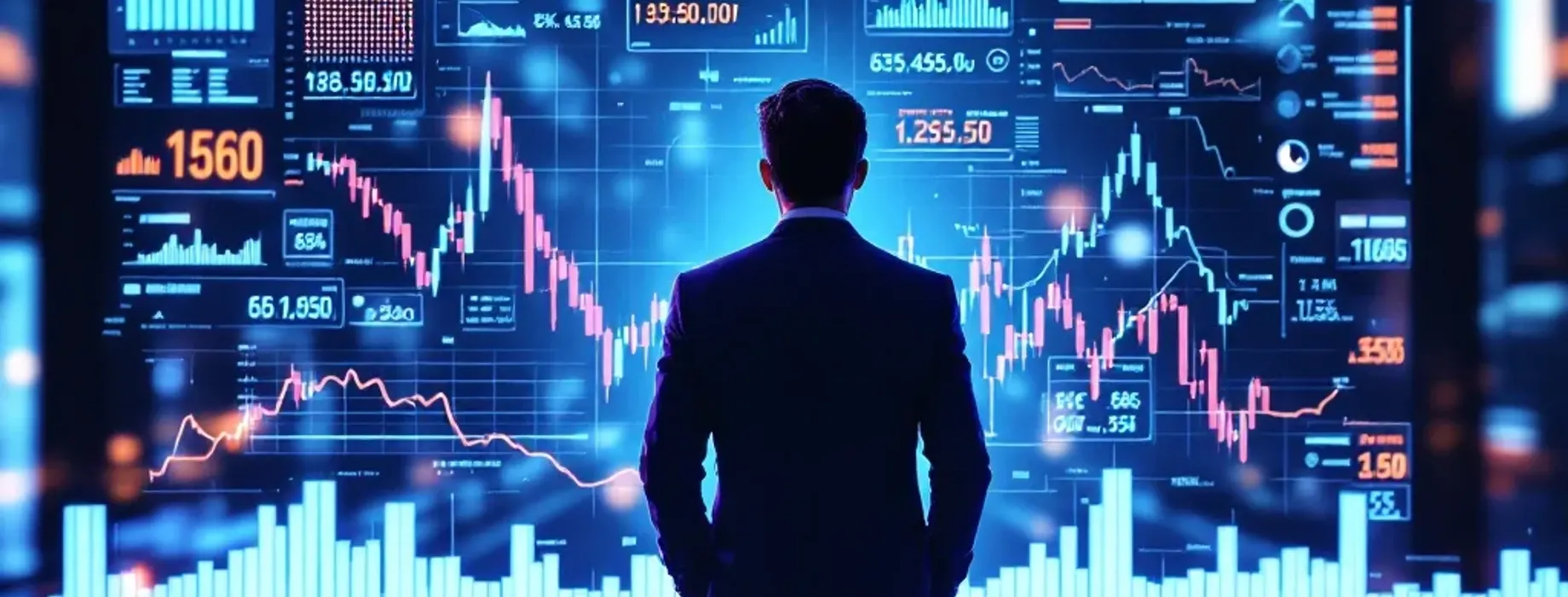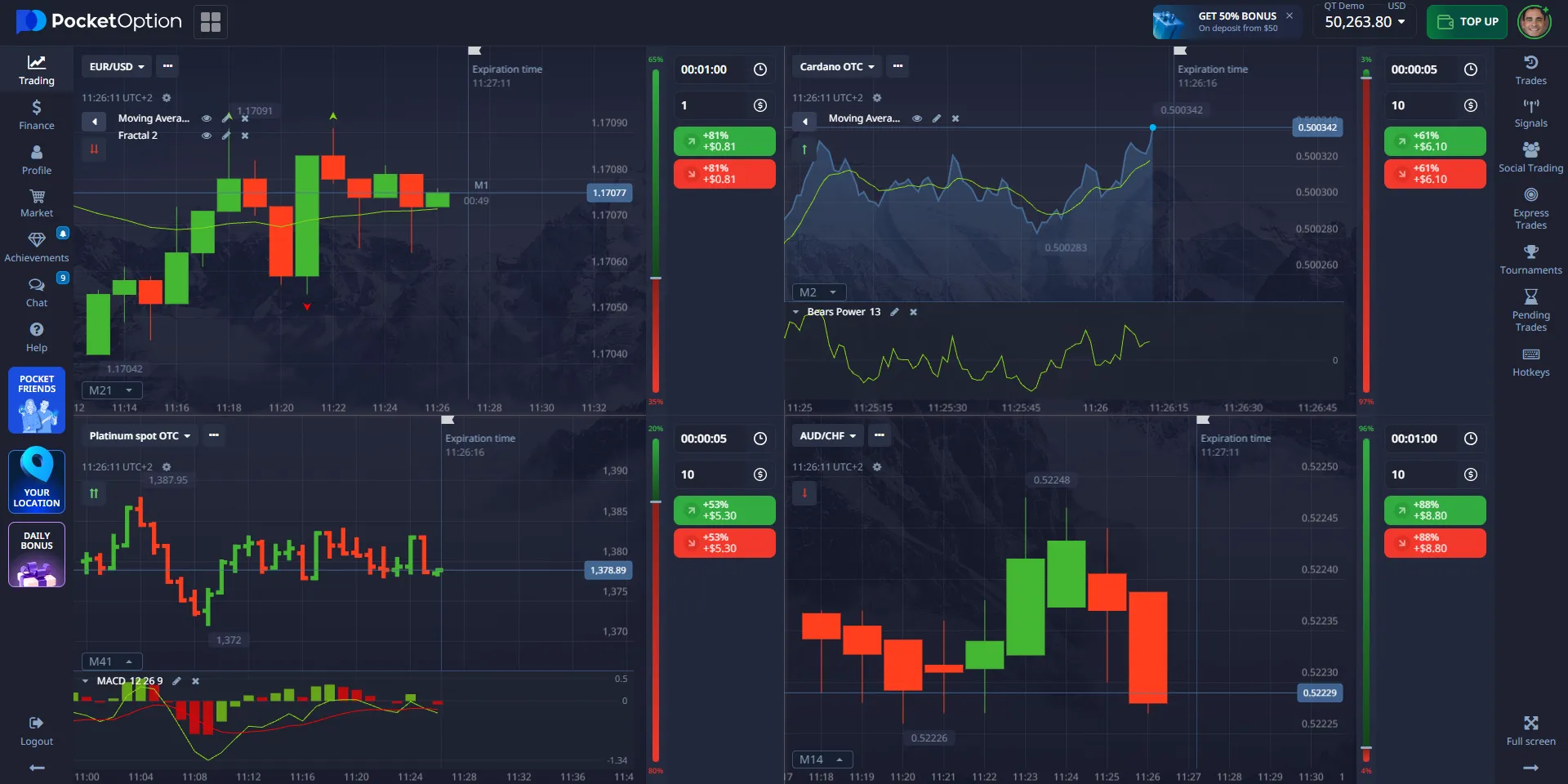- Global brand recognition and loyalty.
- Diverse Coca-Cola products portfolio including soft drinks, juices, and teas.
- Extensive distribution network in over 200 countries.
- High marketing budget and effective global campaigns.
Coca Cola Competitors: SWOT Analysis, Top Rivals and Market Alternatives

The global beverage industry is a competitive and fast-evolving sector, and Coca-Cola remains one of its most dominant players. However, the presence of formidable coca cola competitors ensures that the landscape is continuously shifting. This article provides an in-depth coca-cola competitors analysis pdf-style overview, examining strengths, weaknesses, market opportunities, threats, and an analytical comparison of Coca-Cola’s top rivals worldwide.
Article navigation
The Global Beverage Market Landscape
Overview of the Soft Drink Industry
The soft drink sector encompasses a wide variety of non-alcoholic beverages such as sodas, juices, energy drinks, teas, and flavored waters. Coca-Cola’s competitors include global brands such as PepsiCo, Keurig Dr Pepper, Monster Beverage, and Nestlé. The demand for healthier, sugar-free, and functional beverages continues to rise, prompting firms to adapt quickly and diversify their portfolios within the beverage industry.
Key Trends Influencing Coca-Cola’s Competitive Landscape
| Trend | Description |
|---|---|
| Health-Conscious Choices | Increase in demand for low-calorie and sugar-free beverages |
| Sustainable Practices | Pressure to use recyclable packaging and ethical sourcing |
| E-commerce Growth | Online sales channels reshaping distribution strategies |
| Regional Diversification | Tailored marketing and product development based on regional preferences |
Coca-Cola SWOT Analysis
Strengths
Weaknesses
- Heavy dependence on carbonated soft drinks.
- Limited agility due to large operational scale.
- Declining soda consumption in mature markets like the U.S. and Europe.
Opportunities
| Opportunity | Strategic Action |
|---|---|
| Expand into functional beverages | Invest in energy drinks, vitamin waters, and RTD teas |
| Grow footprint in emerging markets | Develop localized flavors and increase affordability |
| Strengthen sustainability initiatives | Adopt eco-friendly packaging and reduce water usage |
Threats
- Aggressive competition from cokes competitors such as PepsiCo and Monster.
- Changing consumer behavior favoring healthy alternatives.
- Government regulation and sugar taxes.
- Coca-Cola’s competition in Spain, Asia, and Latin America intensifies with local brands.
Coca Cola vs Competitors: Comparative Analysis
Branding and Market Position
Coca-Cola focuses on heritage and emotional appeal, while PepsiCo leans on youth-centric and energetic branding. Monster Beverage targets the sports and gaming community, and Nestlé promotes health and wellness.
Financial and Market Share Data
- Coca-Cola: $45.8B revenue (2024), global market share ~43%
- PepsiCo: $91.5B revenue (2024), but diversified in snacks
- Keurig Dr Pepper: $14.6B revenue, strong presence in North America
Product Differentiation
Coca-Cola expands its low-sugar and zero-calorie range, while PepsiCo innovates with functional beverages and snack synergies. Keurig Dr Pepper offers unique beverages like Dr Pepper and Snapple with coffee integration.
Coca-Cola Competitive Advantage
Coca-Cola’s competitive advantage lies in its extensive brand legacy, global footprint, and unparalleled distribution power, though rivals close the gap with innovation and niche targeting in both carbonated and non-carbonated segments.
Top 5 Competitors of Coca-Cola
- PepsiCo — direct cola segment challenger with diverse food portfolio.
- Keurig Dr Pepper — strong U.S. presence and innovation in flavors.
- Nestlé — robust in bottled water, functional drinks, and ethical branding.
- Monster Beverage — Coca-Cola’s partial partner, dominates energy drinks.
- Danone — growing health-based drink portfolio in Europe and Latin America.
Coca Cola Competitors Worldwide
Across global markets, Coca-Cola faces region-specific challengers:
| Region | Competitors |
|---|---|
| Spain | PepsiCo, Schweppes, local artisan brands |
| North America | PepsiCo, Keurig Dr Pepper, Monster |
| Asia-Pacific | Suntory, Tingyi, local tea brands |
| Latin America | Ambev, Inca Kola, local juice producers |
Coca-Cola Indirect Competitors
Indirect competitors include firms offering non-cola drinks such as Red Bull (energy), Tropicana (juice), and Evian (bottled water). These companies don’t compete in the cola space but impact total Coca-Cola market share in non-alcoholic beverages.
Future Outlook: Navigating Market Changes
Strategic Recommendations for Coca-Cola
| Strategy | Outcome |
|---|---|
| Strengthen health-centric portfolio | Attract health-conscious consumers |
| Digital marketing and e-commerce | Reach younger, tech-savvy demographics |
| Collaborate with niche brands | Tap into emerging drink categories |
Analyst Insights
According to Statista and Beverage Marketing Corporation, non-carbonated drinks now make up 56% of global beverage sales. Analysts from Bloomberg suggest Coca-Cola needs to grow its health drink share by 12% annually to retain competitive parity with PepsiCo.
“Coca-Cola’s real challenge isn’t just Pepsi — it’s the health revolution. Consumers are smarter, and their priorities have shifted,” – Sarah Jameson, Senior Analyst at GlobalData.
“Brands that can communicate values and adapt fast will win. Coca-Cola must go beyond refreshment to offer purpose,” – Roberto Álvarez, Beverage Consultant (interview with CNBC).
Conclusion
Coca-Cola remains a global powerhouse but must continuously adapt to evolving consumer needs and increasing coca cola company competitors. As coca cola rivals expand their market reach and innovate rapidly, maintaining leadership depends on sustainable practices, diversified offerings, and strategic adaptability. Its ability to compete in both cola and non-alcoholic segments will define its future.

While Coca-Cola itself is not available for direct trading on Pocket Option, the platform allows traders to access over 100+ assets including major public companies, currencies, and commodities 24/7 using Quick Trading strategies, bot, AI trading and other benefits.
This comprehensive look at coca cola’s competitors offers vital insights for market analysts, investors, and curious readers alike, spotlighting where Coca-Cola stands today — and how it can thrive tomorrow.
FAQ
Who are Coca Cola biggest competitors?
PepsiCo is the biggest and most direct competitor of Coca-Cola, especially in the carbonated soft drink market.
What is the alternative brand of Coca-Cola?
Pepsi is the main alternative in the cola segment, while Dr Pepper and local brands like Inca Kola in Latin America also serve as regional alternatives.
Is Nestlé a competitor of Coca-Cola?
Yes, Nestlé is a significant competitor, especially in the bottled water and health-oriented beverage categories.
Who are the indirect competitors of Coca-Cola?
Indirect competitors include brands like Red Bull, Tropicana, Evian, and Lipton — companies offering beverages outside the cola spectrum.
How does Coca Cola set itself apart from its competitors?
Coca Cola differentiates itself through iconic branding, innovative marketing campaigns, and a focus on expanding its product line to include low-calorie and health-conscious options like Coke Zero Sugar. These strategies help maintain its market leadership and appeal to a broad consumer base.

